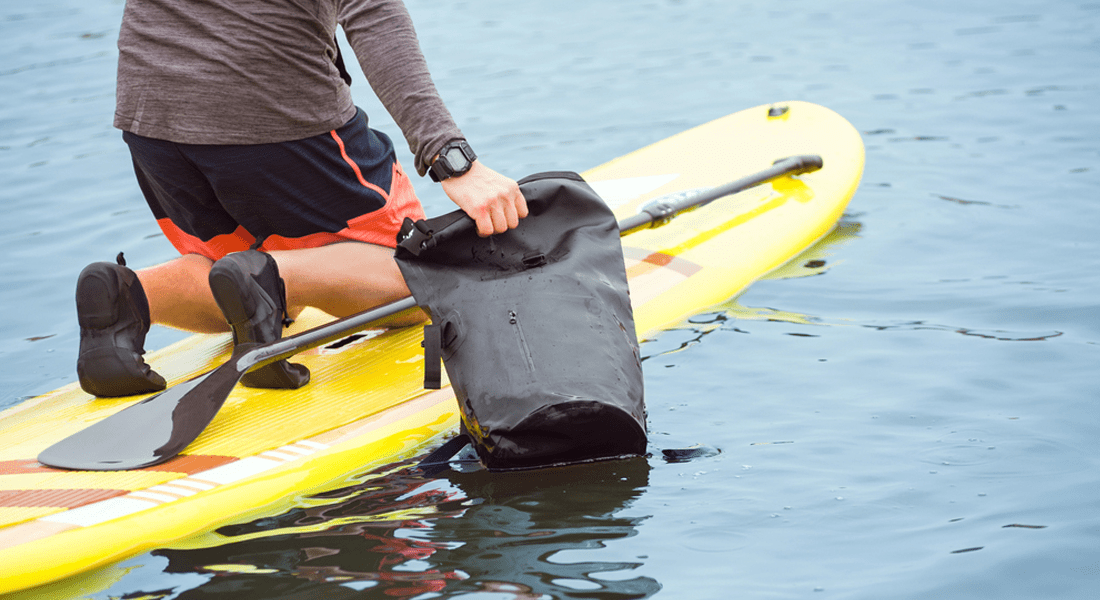



Stand Up Bodyboarding Tips And Tricks For A Perfect Ride
If you are passionate about riding the waves but crave a different approach than traditional surfing or stand up paddleboarding, stand up bodyboarding could be the thrill you are looking for. This dynamic water sport combines elements of surfing and bodyboarding, offering a fresh perspective on wave riding. With the right techniques and tips, you can elevate your stand up bodyboarding experience and enjoy a perfect ride every time.
Understanding Stand Up Bodyboarding
Before delving into the nuances of mastering the ride, it is crucial to understand what stand up bodyboarding entails. This sport involves riding a bodyboard in a standing position, much like you would on a surfboard, but with the compactness and maneuverability of a bodyboard. Stand up bodyboarding allows for sharper turns, impressive tricks, and an overall unique wave-riding experience.
Choosing the Right Equipment
The foundation of a successful stand up bodyboarding session lies in selecting the right equipment. While traditional bodyboards can be used for the sport, some boards specifically designed for stand-up bodyboarding offer additional features like a squared tail and enhanced rails for better grip and maneuverability. If you are new to the sport, you might consider exploring surfboard rentals that cater to stand up bodyboarding to find a board that suits your needs.
Mastering the Basics
- Stance and Positioning: While the sport’s name suggests standing, the correct posture involves a slight bend in the knees. This stance provides balance, control, and the agility to navigate waves effectively.
- Foot Placement: Your back foot should be near the tail, and the front foot closer to the board’s center. This positioning grants better control, especially when making sharp turns.
- Hand Placement: Unlike traditional surfing, stand up bodyboarding requires your hands to play a more active role. Using your hands to grip the board’s rails can assist in turns and maintaining balance during tricky maneuvers.


Advanced Tips and Tricks
Once you have the basics down, it is time to elevate your skills and try some advanced moves:
- Bottom Turn: This fundamental maneuver involves sharp turns at the wave’s base, propelling you along its face. To execute a bottom turn, shift your weight to the inside rail, using your hand to guide the board and your feet to steer.
- Cutback: A cutback allows you to change direction swiftly. As you ride down the wave’s face, shift your weight to the board’s tail and use your back foot to pivot, making a U-turn and heading back to the wave’s source.
- Tube Riding: One of the most exhilarating experiences in stand-up bodyboarding is riding inside the wave’s barrel. To master this, maintain a low stance, use your hands for balance, and keep your eyes fixed on the exit.
Safety First
No matter how proficient you become, always prioritize safety:
- Be Aware of Your Surroundings: Keep a safe distance from other wave riders and be mindful of swimmers.
- Use Protective Gear: Wearing a wetsuit, fins, and a leash can protect you from potential injuries and ensure you remain connected to your board.
- Learn About Waves: Understand wave patterns and currents. If you are new or want to enhance your skills, consider taking surfing lessons tailored to stand up bodyboarding.
Stand up bodyboarding offers a refreshing and exciting way to experience the ocean’s waves. By equipping yourself with the right knowledge, equipment, and techniques, you can transform each wave into a canvas for your skills, ensuring a memorable and thrilling ride every time. Whether you are a seasoned wave rider or just starting, the world of stand-up bodyboarding beckons with its unique charm and adrenaline-packed rides.
OTHER OSP BLOGS


What Size Waves Are Good For Bodyboarding?
Bodyboarding looks simple from shore, yet wave choice shapes how your session feels from the first paddle out. We hear visitors ask what size waves are good for bodyboarding because[...]
